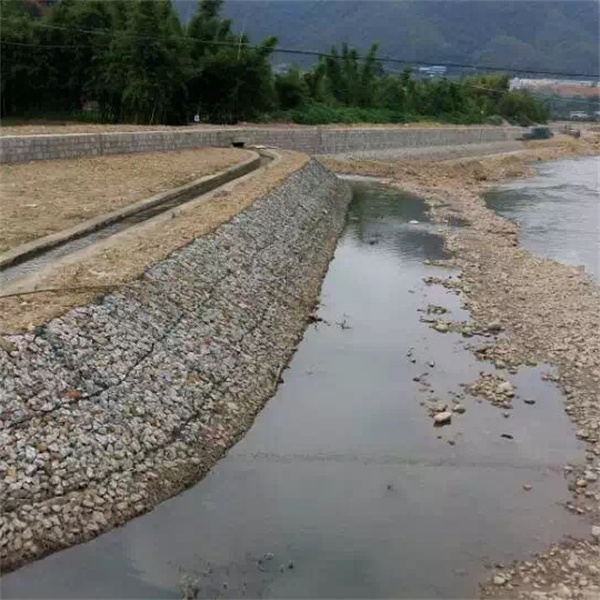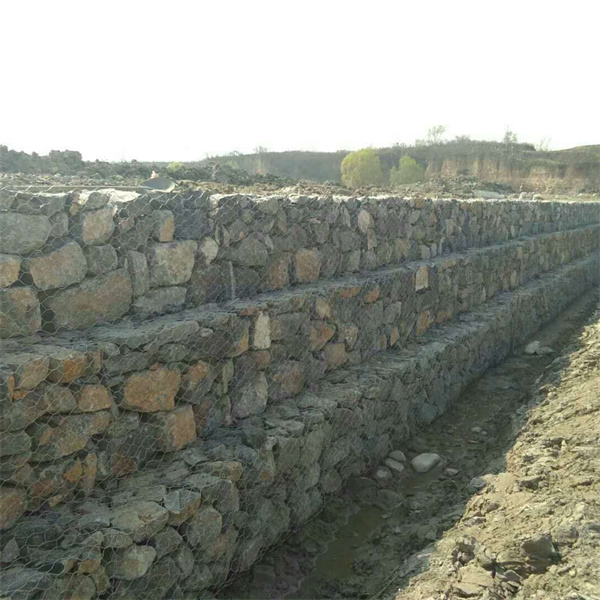មករា . 09, 2025 13:45 Back to list
protective net
Protective nets have revolutionized safety and security across various industries, emerging as a critical component in ensuring both human safety and operational efficiency. Traditionally associated with construction sites, these nets are now employed in numerous domains, from sports facilities to agricultural lands, and their applications are continually expanding.
In recent years, the concept of protective nets has also expanded into urban planning. Green architects are advocating for netting solutions that provide safety in high-rise urban environments, particularly for balconies and rooftop gardens. These protective measures not only prevent accidental falls but also create a secure space for urban gardening and recreational activities in otherwise hazardous locations. Research and development in the field of protective nets are continuously advancing. New technologies are being integrated into traditional netting materials to enhance their properties. For instance, weather-resistant coatings are being applied to extend the lifespan of nets in outdoor environments. Additionally, smart nets equipped with sensors are being developed to monitor and report on structural integrity, automatically alerting maintenance teams to potential issues. It is crucial for consumers and businesses to choose the right type of protective netting to suit their specific application. When deciding on a net, several factors should be considered material strength, mesh size, resistance to environmental conditions, and the level of transparency required for visibility. Engaging with manufacturers and suppliers who demonstrate expertise and can provide certification for their products is essential to ensuring that the selected net meets industry standards and regulatory requirements. Protective nets symbolize a marriage of simplicity and innovation—offering protection, enhancing security, and promoting safety across myriad applications. As industries continue to prioritize safety and efficiency, the demand for high-quality protective nets is poised to grow, positioning them as a critical asset in enhancing operational safety standards.


In recent years, the concept of protective nets has also expanded into urban planning. Green architects are advocating for netting solutions that provide safety in high-rise urban environments, particularly for balconies and rooftop gardens. These protective measures not only prevent accidental falls but also create a secure space for urban gardening and recreational activities in otherwise hazardous locations. Research and development in the field of protective nets are continuously advancing. New technologies are being integrated into traditional netting materials to enhance their properties. For instance, weather-resistant coatings are being applied to extend the lifespan of nets in outdoor environments. Additionally, smart nets equipped with sensors are being developed to monitor and report on structural integrity, automatically alerting maintenance teams to potential issues. It is crucial for consumers and businesses to choose the right type of protective netting to suit their specific application. When deciding on a net, several factors should be considered material strength, mesh size, resistance to environmental conditions, and the level of transparency required for visibility. Engaging with manufacturers and suppliers who demonstrate expertise and can provide certification for their products is essential to ensuring that the selected net meets industry standards and regulatory requirements. Protective nets symbolize a marriage of simplicity and innovation—offering protection, enhancing security, and promoting safety across myriad applications. As industries continue to prioritize safety and efficiency, the demand for high-quality protective nets is poised to grow, positioning them as a critical asset in enhancing operational safety standards.
Next:
Latest news
-
Wire Mesh Thickness Impact on Gabion Wall Load Bearing
NewsAug.12,2025
-
Ultimate Guide to Hexagonal Gabion Box
NewsAug.12,2025
-
Types of Rocks for Gabion Baskets Durability and Aesthetics
NewsAug.12,2025
-
Standard Gabion Box Sizes and Their Industrial Applications
NewsAug.12,2025
-
Easy Guide to Building Garden Gabion Cages at Home
NewsAug.12,2025
-
Drainage Solutions for Gabion Mesh Structures
NewsAug.12,2025
-
Visualizing Gabion 3D Integration in Urban Landscapes with Rendering
NewsJul.23,2025
Manufacturer of Silk Screen Products
QuanhuaProvide high-quality products and services to global customers.






